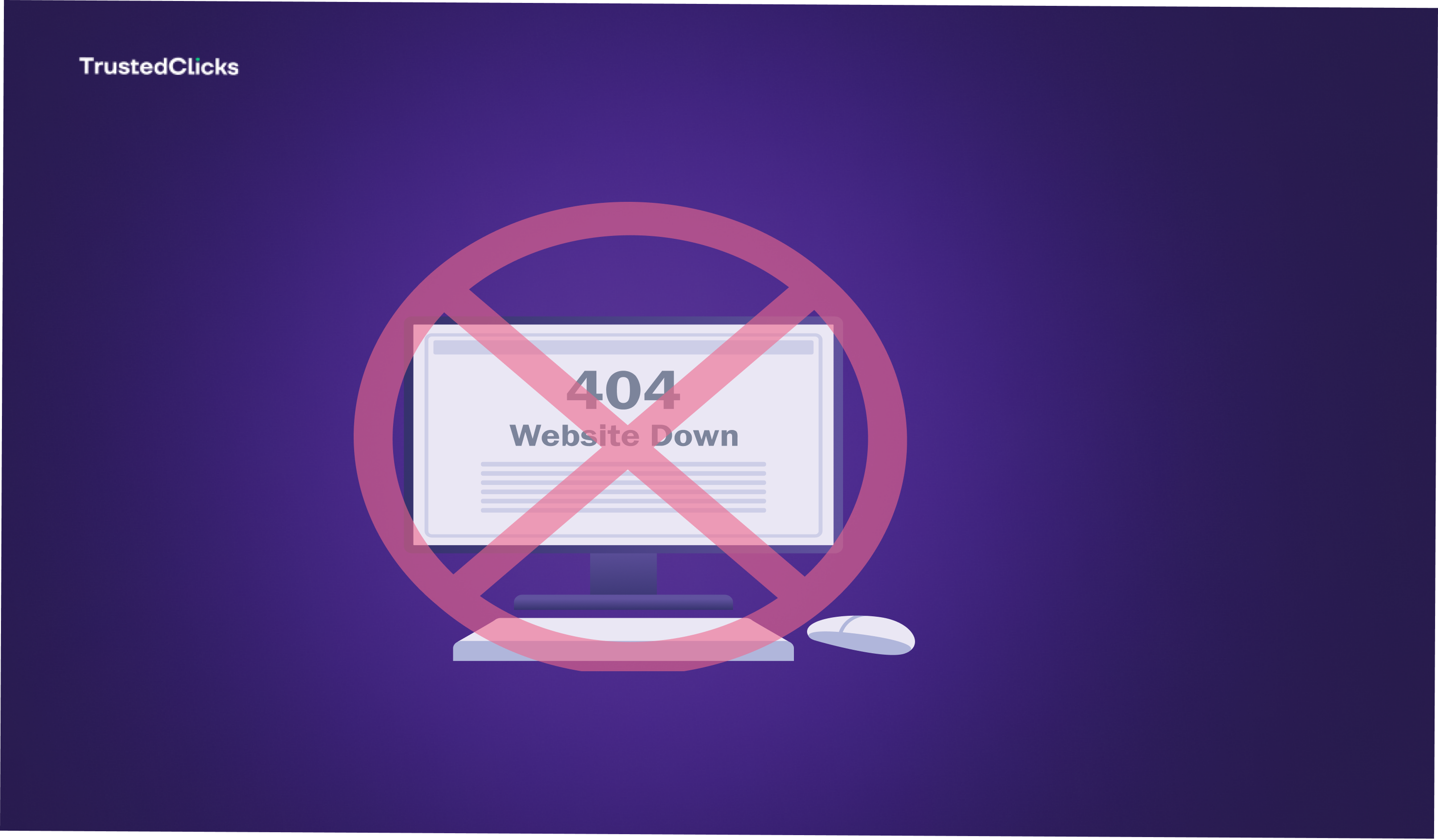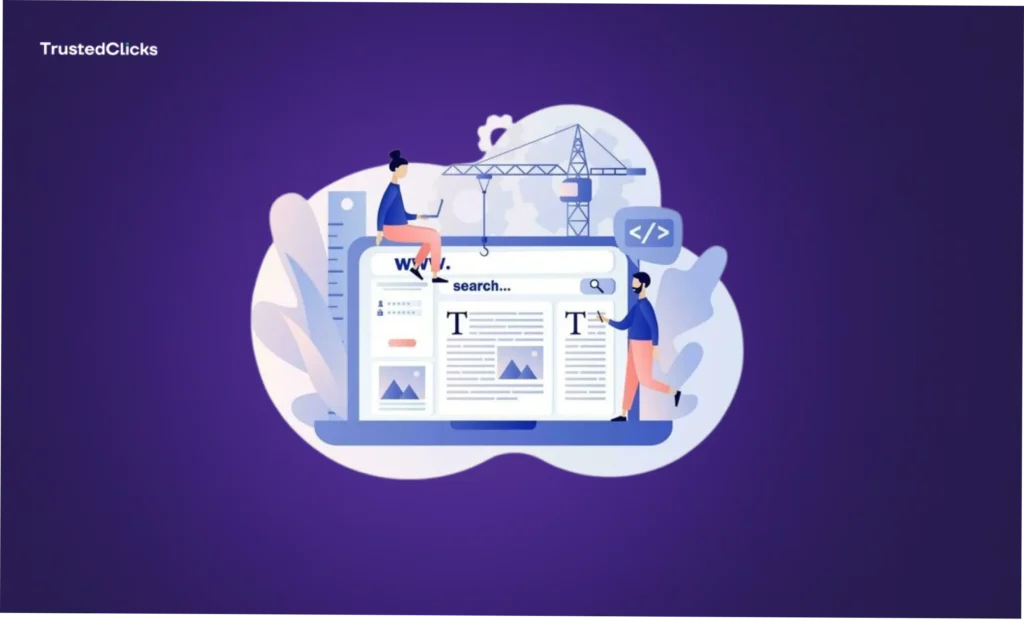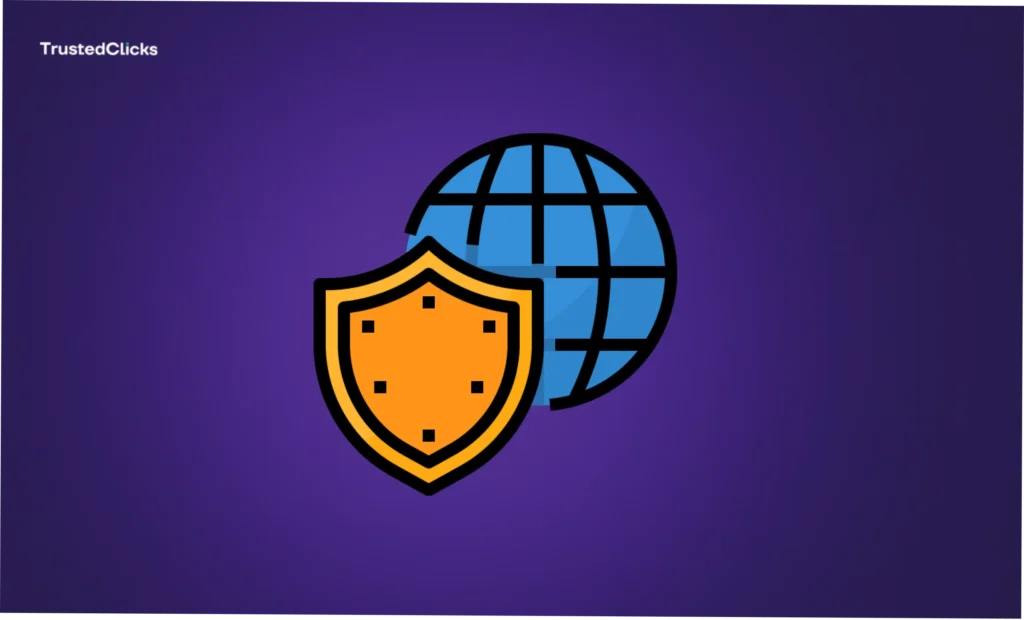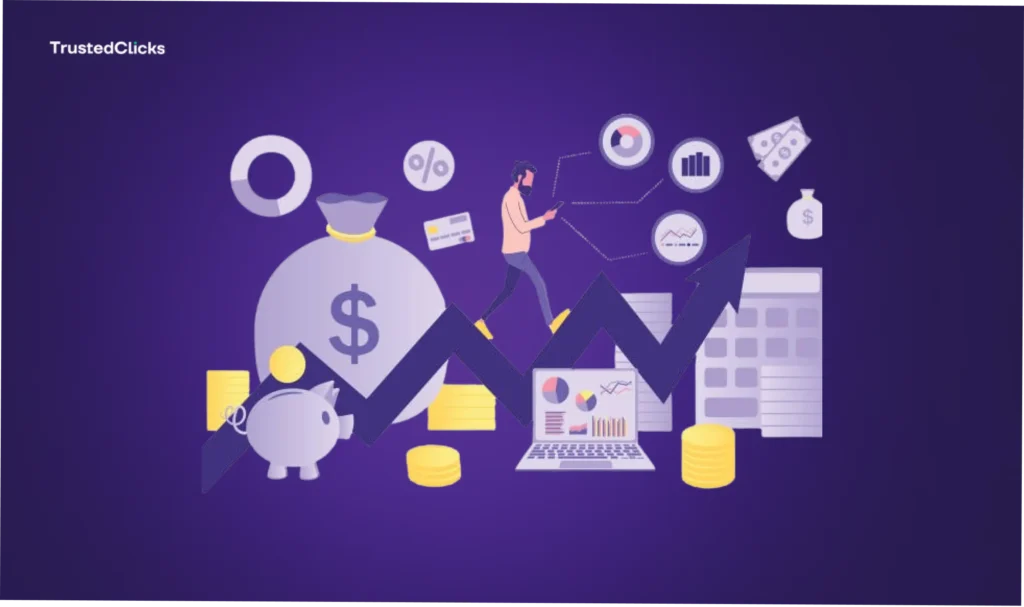- Affiliate marketing
The Connection Between Malicious IPs and Botnet Attacks: How to Stay Safe


In an increasingly digital world, cyber threats are becoming more sophisticated and pervasive. One of the most persistent dangers comes from botnet attacks, which often operate through networks of malicious IP addresses. Understanding this connection is vital for individuals and organizations alike to protect their systems and sensitive data.
What Are Malicious IPs?
Malicious IP addresses are internet protocol addresses linked to harmful activities, such as spamming, phishing, malware distribution, or hacking. These addresses are often part of a botnet—a network of infected devices under the control of a cybercriminal. Botnets use these IPs to communicate, execute commands, and carry out coordinated attacks, including Distributed Denial of Service (DDoS) attacks and data breaches.
How Malicious IPs Power Botnet Attacks
Botnet operators rely on malicious IPs to coordinate and conceal their activities. Here’s how they work:
Device Infiltration: Cybercriminals use malicious software or phishing tactics to compromise devices and add them to a botnet.
IP Masking: The botnet leverages the IP addresses of infected devices to mask its activities and make tracking difficult.
Coordinated Attacks: Using a network of malicious IPs, botnets can launch large-scale attacks like DDoS, overwhelming targets with traffic or executing automated scripts to exploit vulnerabilities.
Resilience: Malicious IPs provide redundancy, enabling botnets to persist even if some parts of the network are taken down.
The Risks of Malicious IPs and Botnets
The dangers posed by botnets and malicious IPs are significant:
Financial Loss: Businesses face downtime and costs associated with mitigating attacks.
Data Theft: Sensitive personal or organizational information can be stolen and sold on the dark web.
Reputation Damage: Victims of cyberattacks risk losing the trust of customers and stakeholders.
Secondary Infections: Infected devices may spread malware to other systems.
How to Stay Safe
Protecting yourself and your organization from malicious IPs and botnet attacks requires proactive measures:
Implement a Firewall: Firewalls can block traffic from known malicious IP addresses, reducing exposure.
Use IP Reputation Services: These services track and blacklist malicious IPs, enabling organizations to preemptively block risky connections.
Deploy Endpoint Protection: Comprehensive security solutions can detect and block botnet-related activities on individual devices.
Regularly Update Systems: Keep software and operating systems up to date to patch vulnerabilities that botnets exploit.
Educate Users: Training employees and users on recognizing phishing emails and other social engineering tactics can prevent initial compromises.
Monitor Network Traffic: Continuous monitoring helps identify unusual patterns that could indicate botnet activity.
Collaborate with ISPs: Internet service providers often have resources to identify and block malicious IPs at a broader level.
The Role of Threat Intelligence

Leveraging threat intelligence is a critical component of staying safe. By maintaining up-to-date knowledge about emerging threats, malicious IPs, IP fraud scores, and botnet techniques, organizations can adapt their defenses. Many cybersecurity platforms offer real-time threat intelligence feeds to help you stay one step ahead of attackers.
Final Thoughts
The connection between malicious IPs and botnet attacks highlights the importance of a robust cybersecurity strategy. By understanding the risks and implementing preventative measures, you can significantly reduce the likelihood of falling victim to these pervasive threats. In an era where digital security is paramount, staying informed and vigilant is your best defense.
Table of Contents
Join our community!
Subscribe to our newsletter for the latest updates, exclusive content, and more. Don’t miss out—sign up today!
Recent Posts

The Surprising Link Between IP Scores and Your Website Reputation
- 4 mins read

Cracking the Code: How IP Quality Score Impacts Your Website’s Security
- 8 mins read

Maximizing IP Risk Scoring to Enhance Your Ad Campaigns and Boost ROI
- 5 mins read



